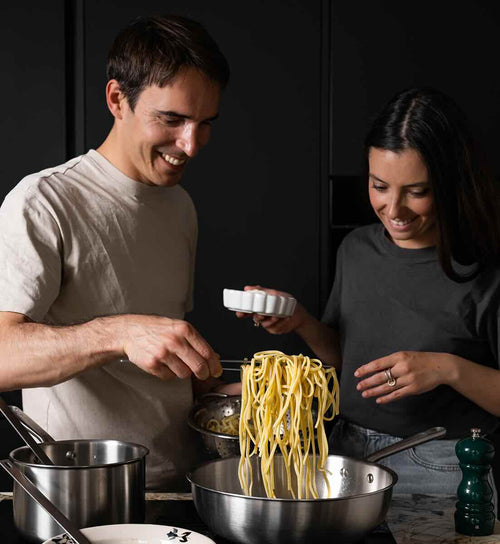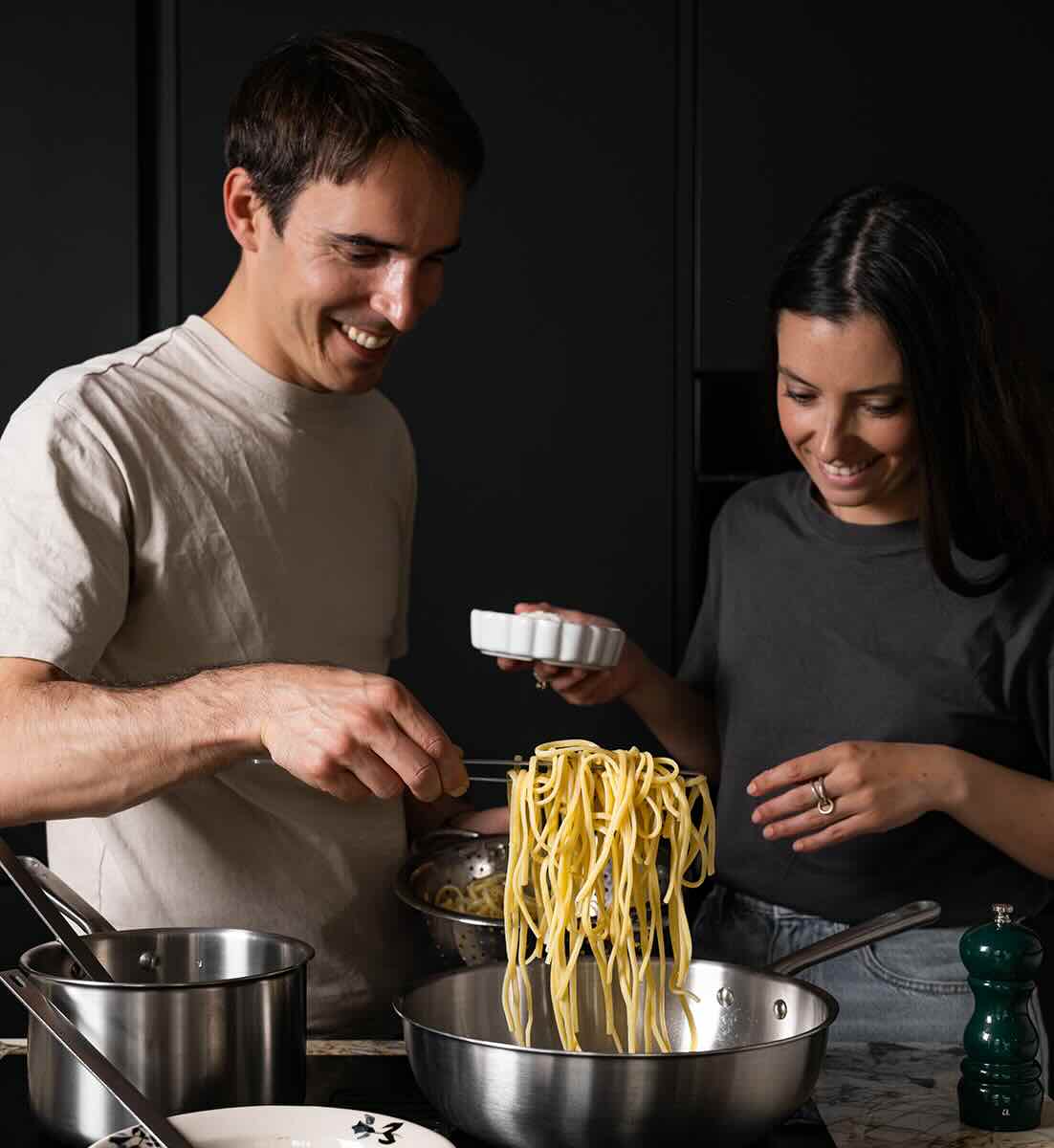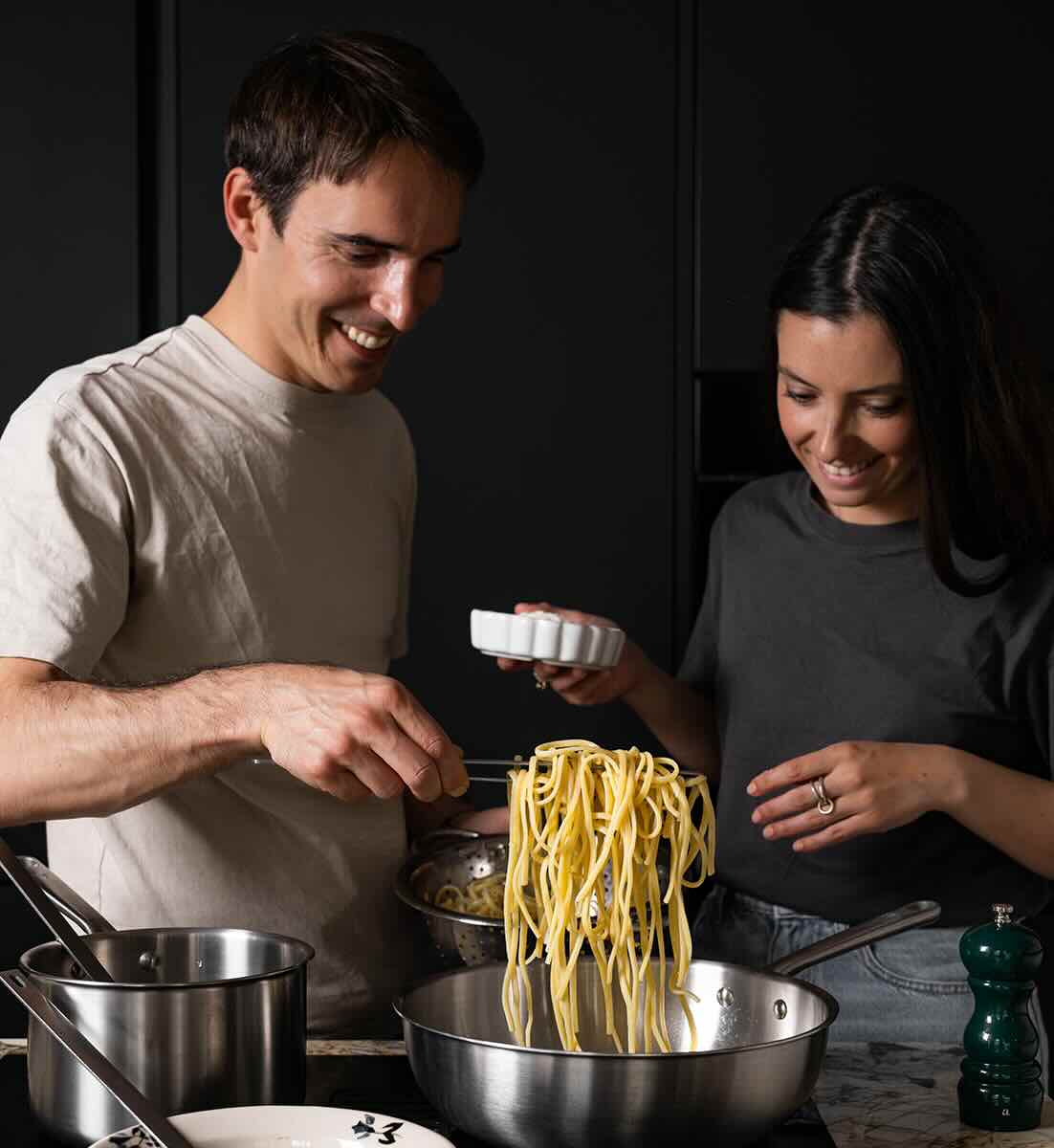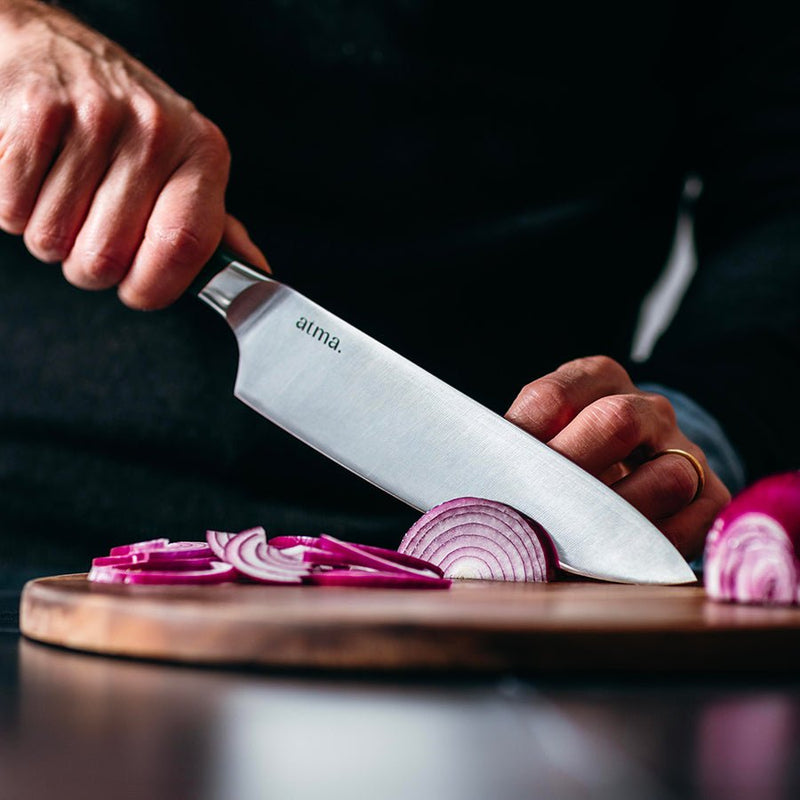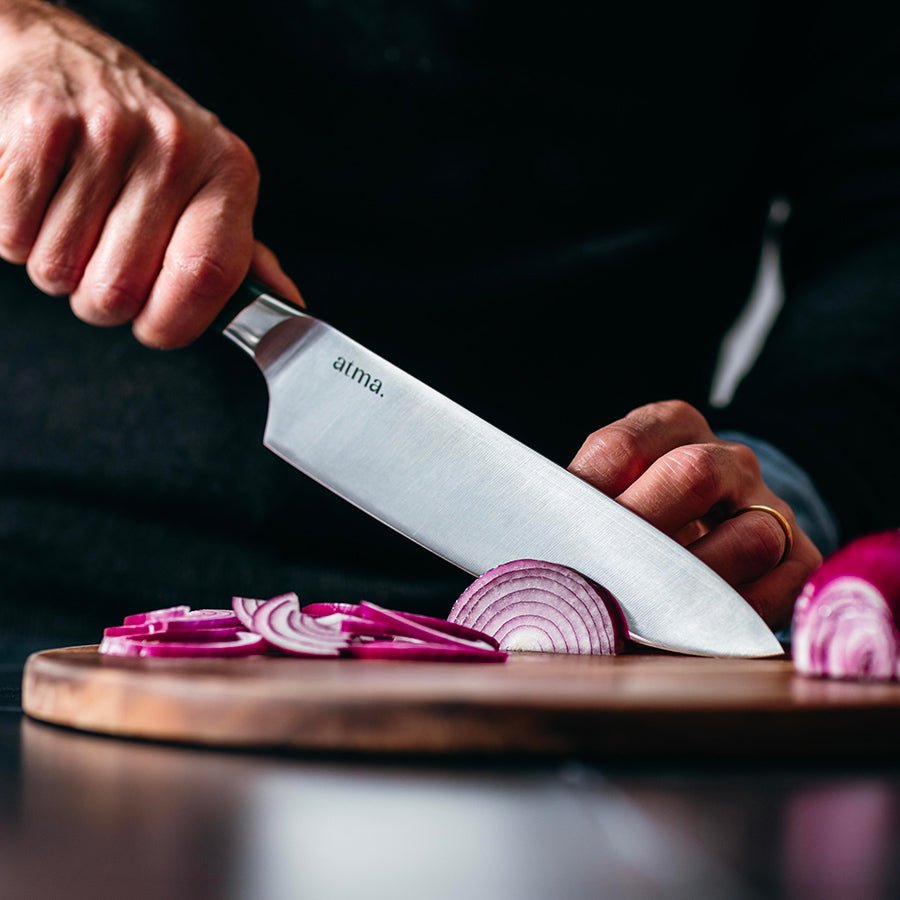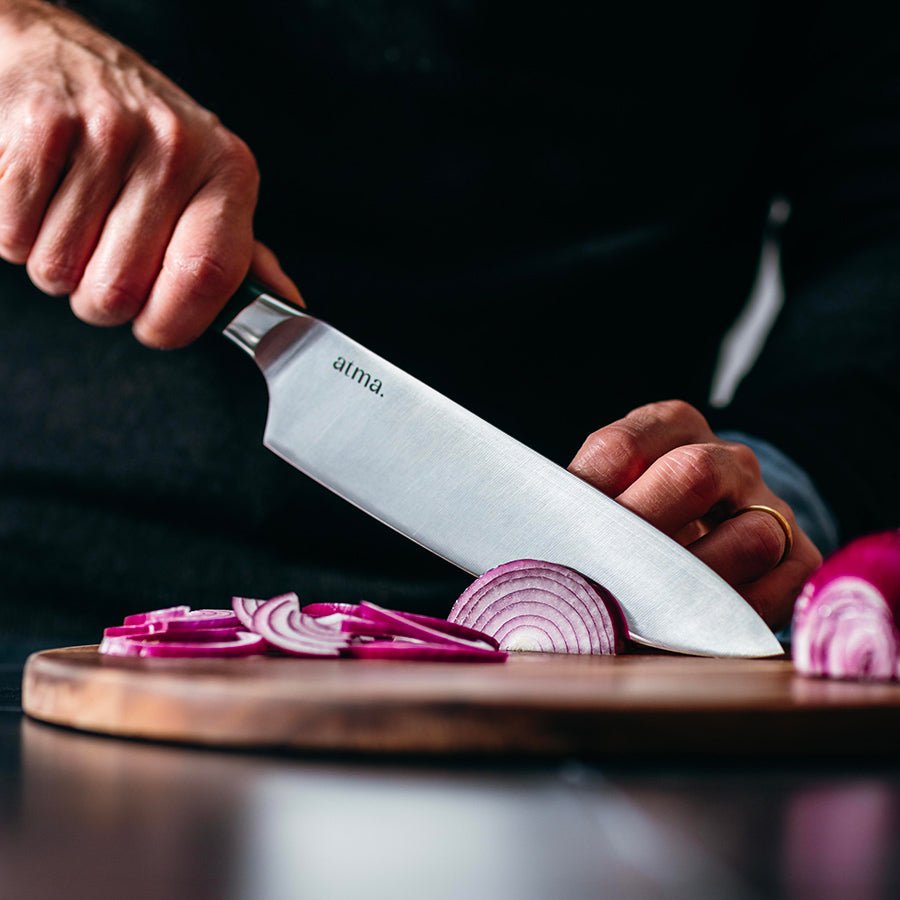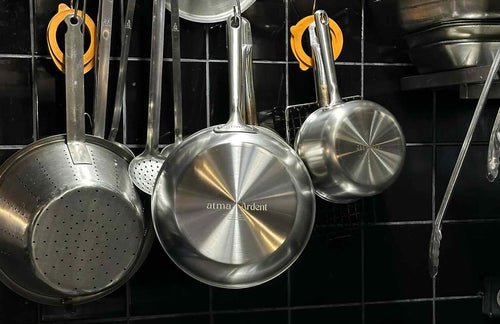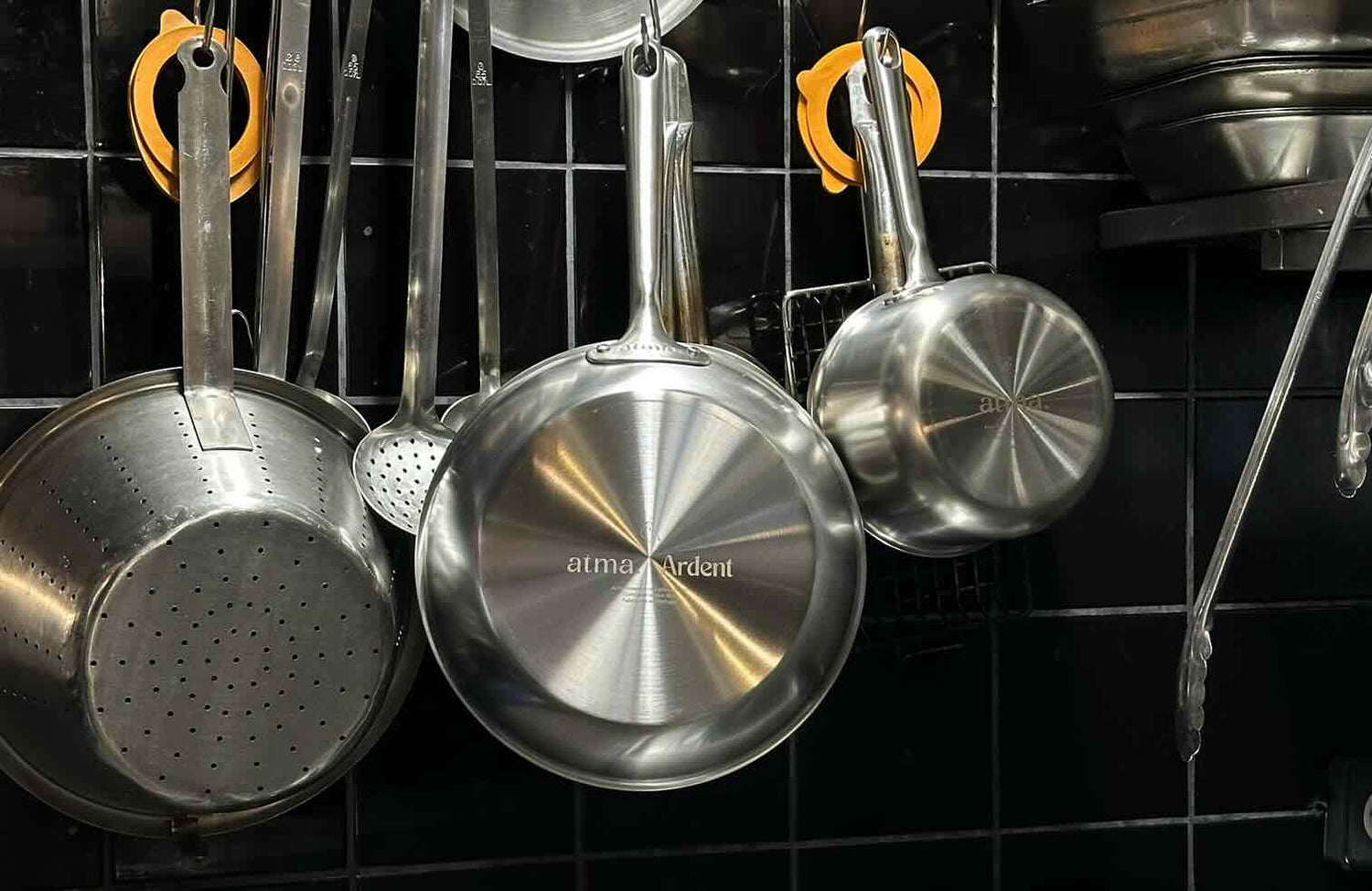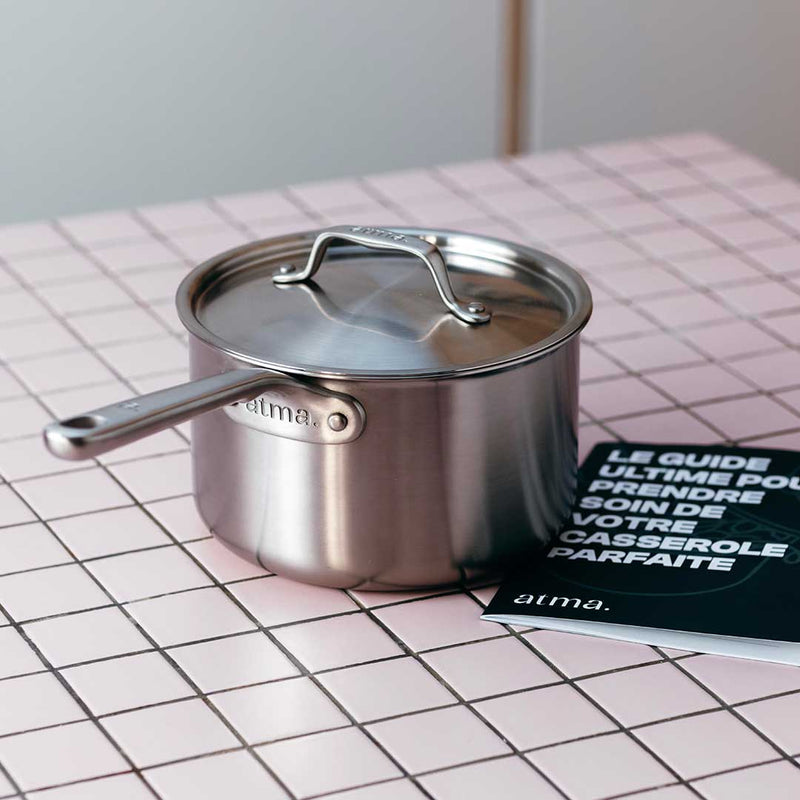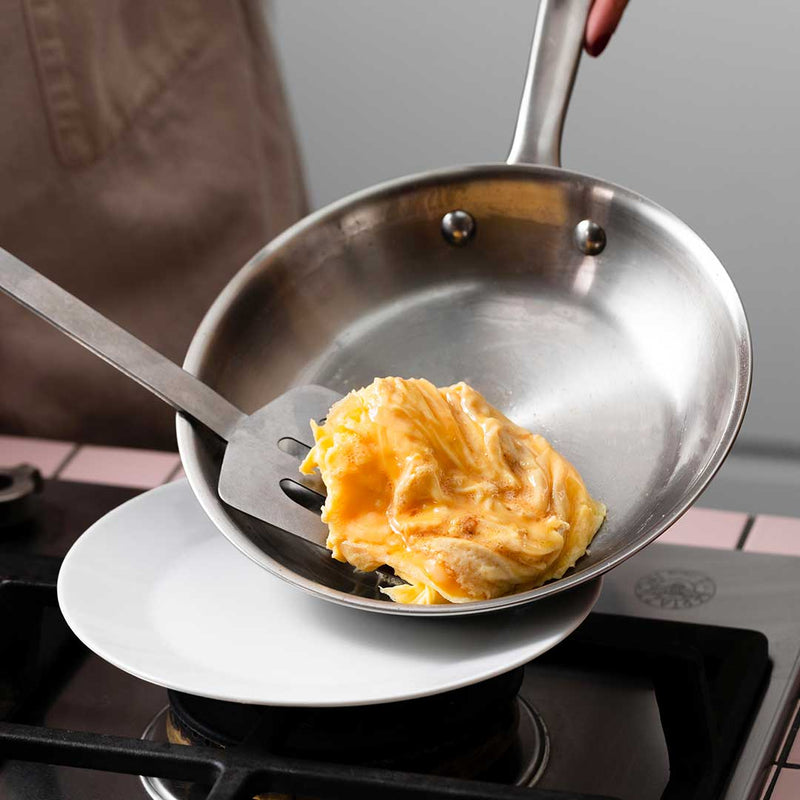Lame forgée ou lame découpée : Comment choisir ?

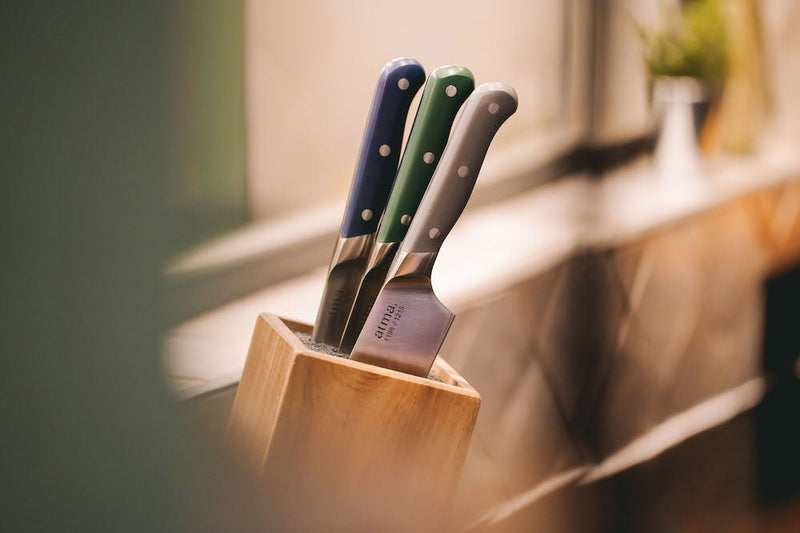
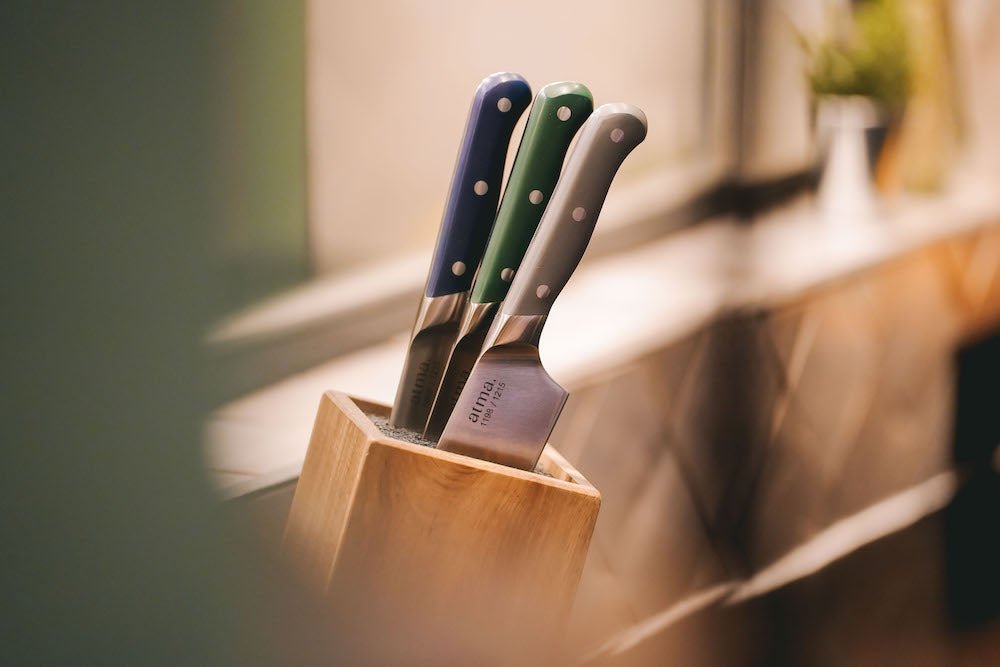





Ça y est, vous êtes décidé(e) ! Il est temps d’équiper dignement votre cuisine et de vous procurer un couteau qui sache rendre hommage aux beaux produits que vous aimez cuisiner.
Vous vous apprêtez donc à acheter votre premier couteau de chef. Vous êtes bien informé(e). Ça fait des semaines que vous glanez des informations sur les internets. Vous en trouvez un qui répond parfaitement à vos critères. Vous allez l’ajouter à votre panier. Quand, soudainement, votre œil est attiré par une information inconnue : “Couteau de chef avec lame forgée”. Qu’est-ce que ça signifie ? Quelles sont les options ? C’est trop technique pour vous ! Ça y est ? Est-ce que c’est déjà la fin de ce beau projet ?
Pas de panique ! Lame forgée ou lame découpée. On va tout vous expliquer. Il faut dire que ces deux approches de la fabrication d’un couteau présentent des particularités qui en font des couteaux assez différents. Enquête !
Lame forgée et lame découpée
Avant de se pencher sur les différences entre une lame forgée et une lame découpée, il est important de savoir ce que sont ces deux lames et quels sont les processus de production de tels couteaux.
Qu'est-ce qu'une lame forgée ?
N’en déplaise au seigneur du Mordor… il n’y pas que les anneaux qui sont forgés dans de l’acier. Les couteaux aussi. Et ici, on parle même d’une barre brute d’acier qui sert de base à la confection du couteau dans son entièreté. Ce dernier peut ensuite être :
- Forgé à chaud à plus de 1000 degrés
- Ou à chaud avec une étape supplémentaire, le refoulage, pour les couteaux disposant d’une mitre imposante
Chez Atma on a fait le choix d’une lame forgée pour notre Couteau de Chef Ultime. Il faut dire que les lames forgées sont souvent plus solides et plus durables.
Qu'est-ce qu'une lame découpée ?
Les lames dites “découpées” sont, en effet, découpées dans une plaque d’acier. Elles peuvent être obtenues via :
- Une découpe à froid, réalisée à l’aide d’un emporte-pièce qui permet de dessiner les pièces dans la plaque métallique. C’est une méthode très utilisée pour la production en série car elle ne coûte pas très chère en comparaison avec les autres modes de production des lames forgées et découpées.
- Une découpe au laser réalisée à partir d’un dessin industriel sur une feuille d’acier.
Maintenant, on y voit plus clair sur les lames découpées et les lames forgées. Mais qu’est-ce qui différencie vraiment ces deux types de lames ?
Quel type de lame privilégier ?
La production de ces couteaux va créer de réelles différences de nature entre lames forgées et lames découpées. Des différences qui vont vous permettre de faire votre choix entre ces deux types de couteaux. Les voici :
- Durabilité : Une lame forgée sera plus lourde, plus solide et plus durable qu’une lame découpée. Pour autant, elle demandera plus de travail.
- Esthétique : D’un point de vue esthétique, un couteau forgé n’aura pas la même apparence qu’un couteau découpé. Le premier aura plus de volume au niveau de la mitre et de la pleine soie que le deuxième.
- Prix : Économiquement, là aussi, il n’y a pas photo. Le couteau découpé nécessitant moins de travail, et consommant globalement moins de matière que le couteau forgé, il est moins cher à l’achat.
Donc pour faire votre choix entre ces deux types de lames, vous devez mettre au clair vos attentes et votre budget. Pour un couteau de meilleure qualité, mais plus cher, tournez-vous vers des lames forgées de qualité supérieure comme celle d’Atma. Si vous préférez payer moins cher, mais disposer d’un couteau premier prix moins résistant, les lames découpées sont à votre disposition. Les lames forgées sont ainsi susceptibles d’accompagner un cuisinier toute sa vie si elles sont suffisamment entretenues, ce qui ne sera sans doute pas le cas d’un couteau découpé.
Vous voilà bien armé. Il n’y a plus qu’à.
À vos lames. Prêt ? Cuisinez !
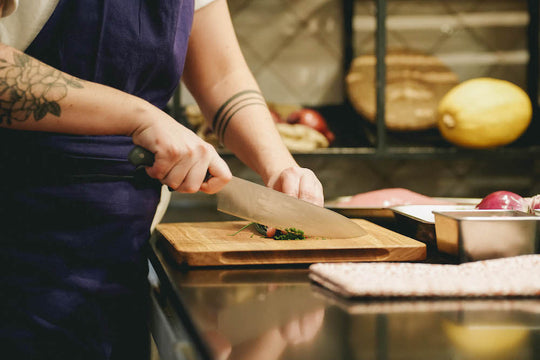
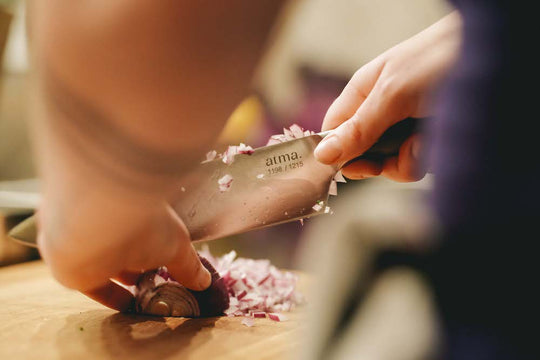
Découvez nos best sellers
By Victor Desport
















